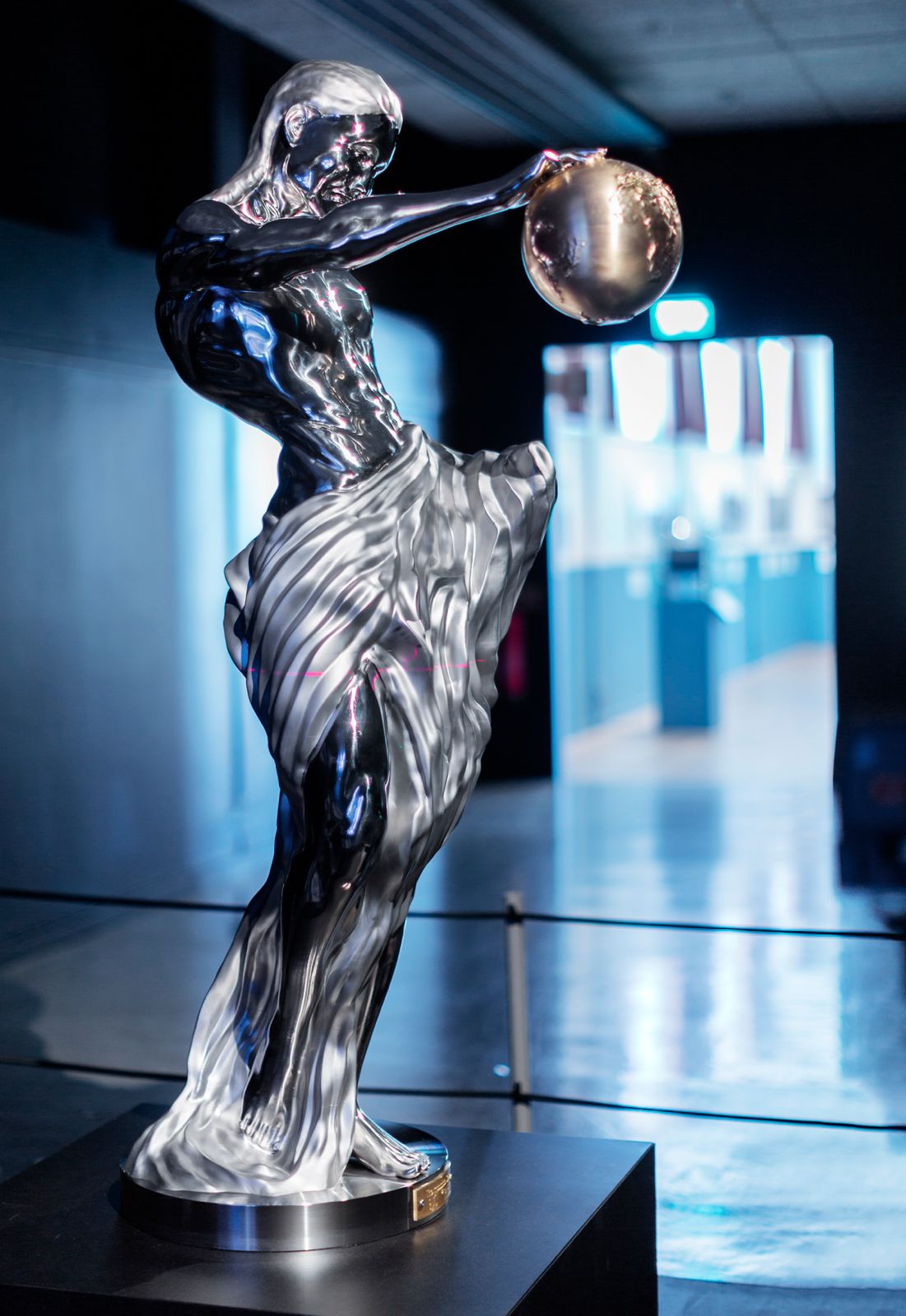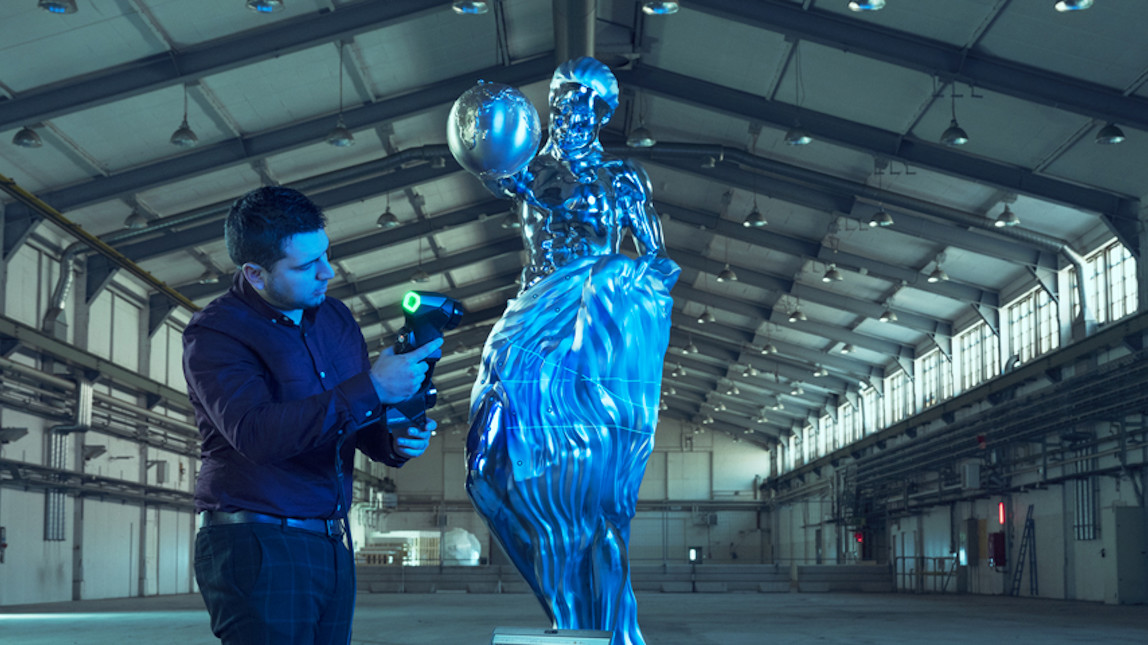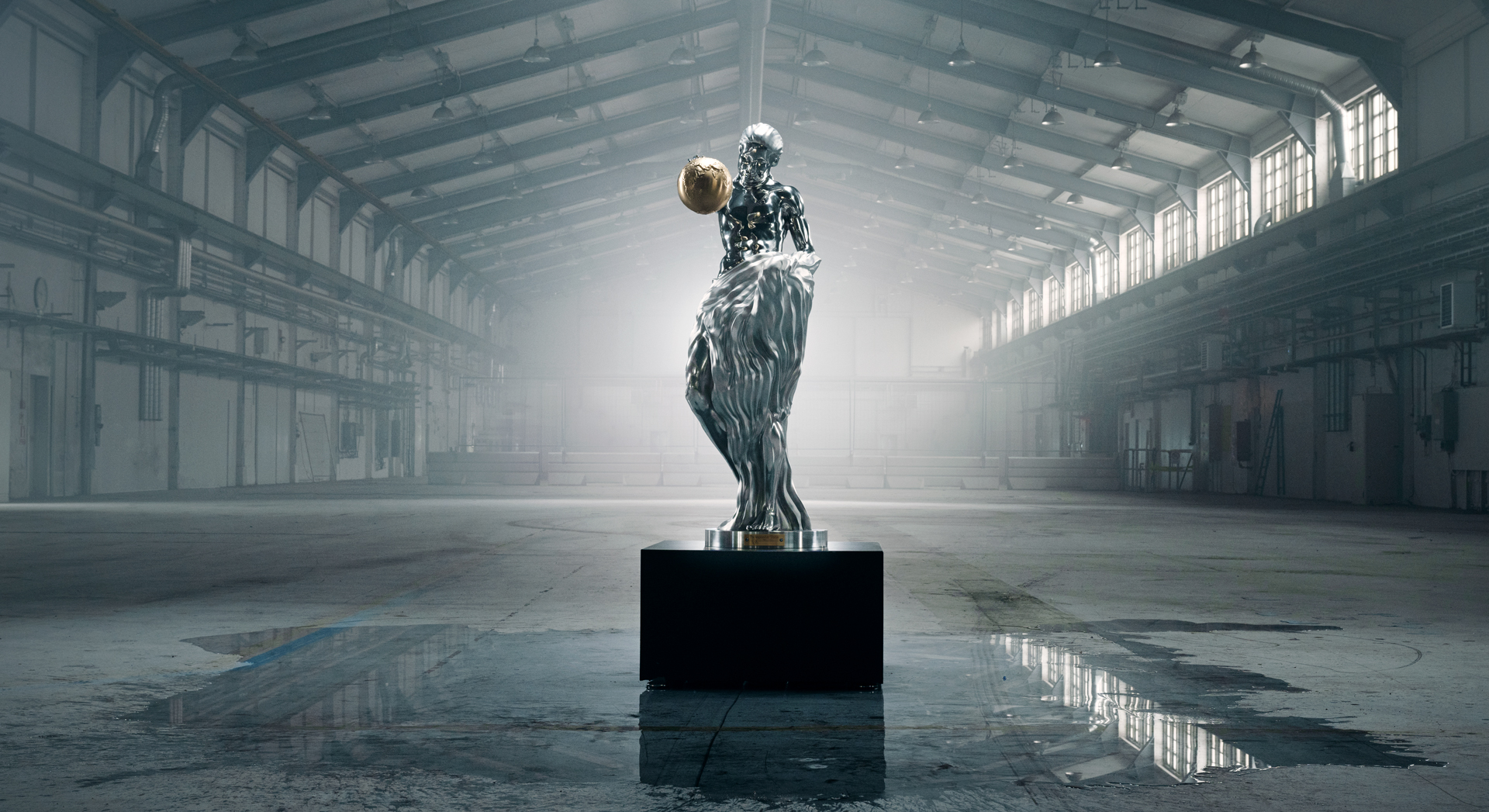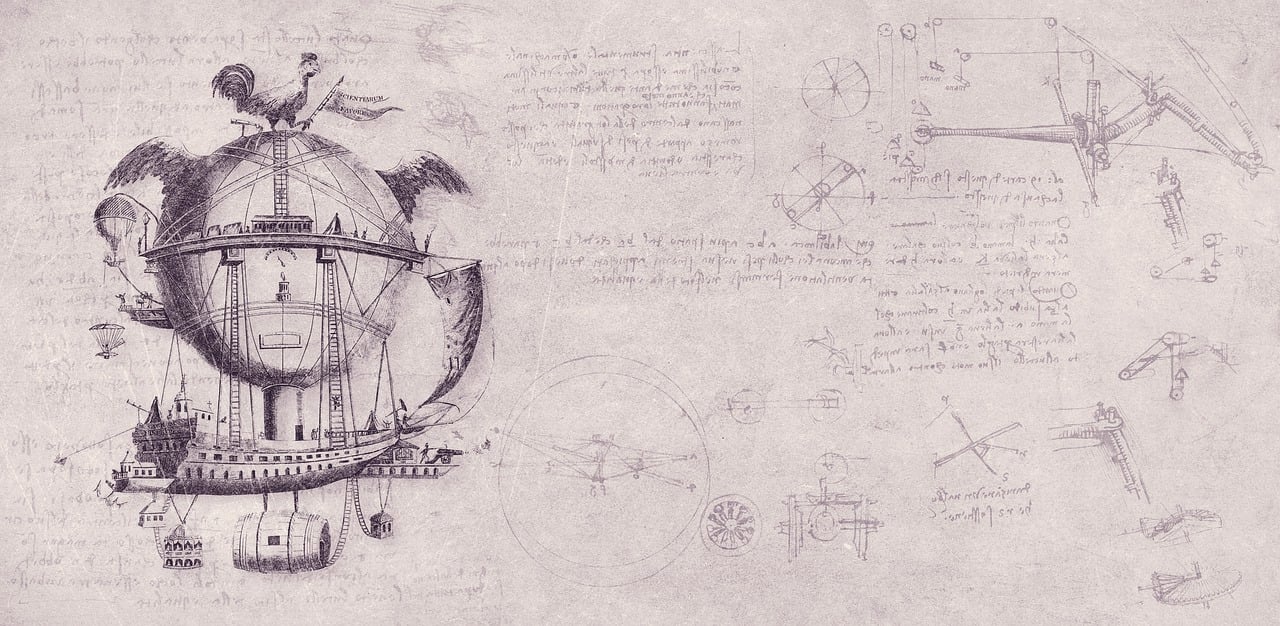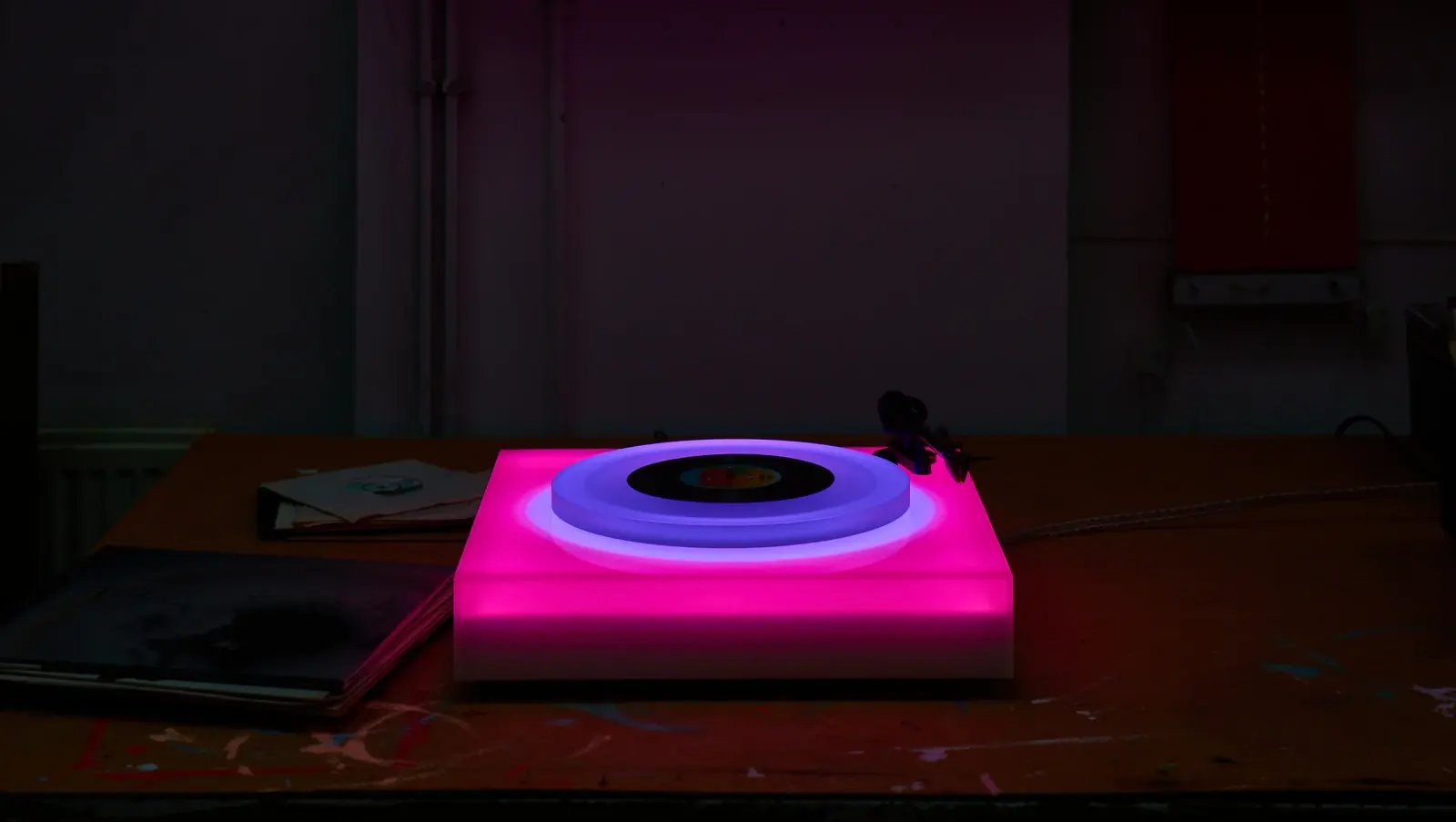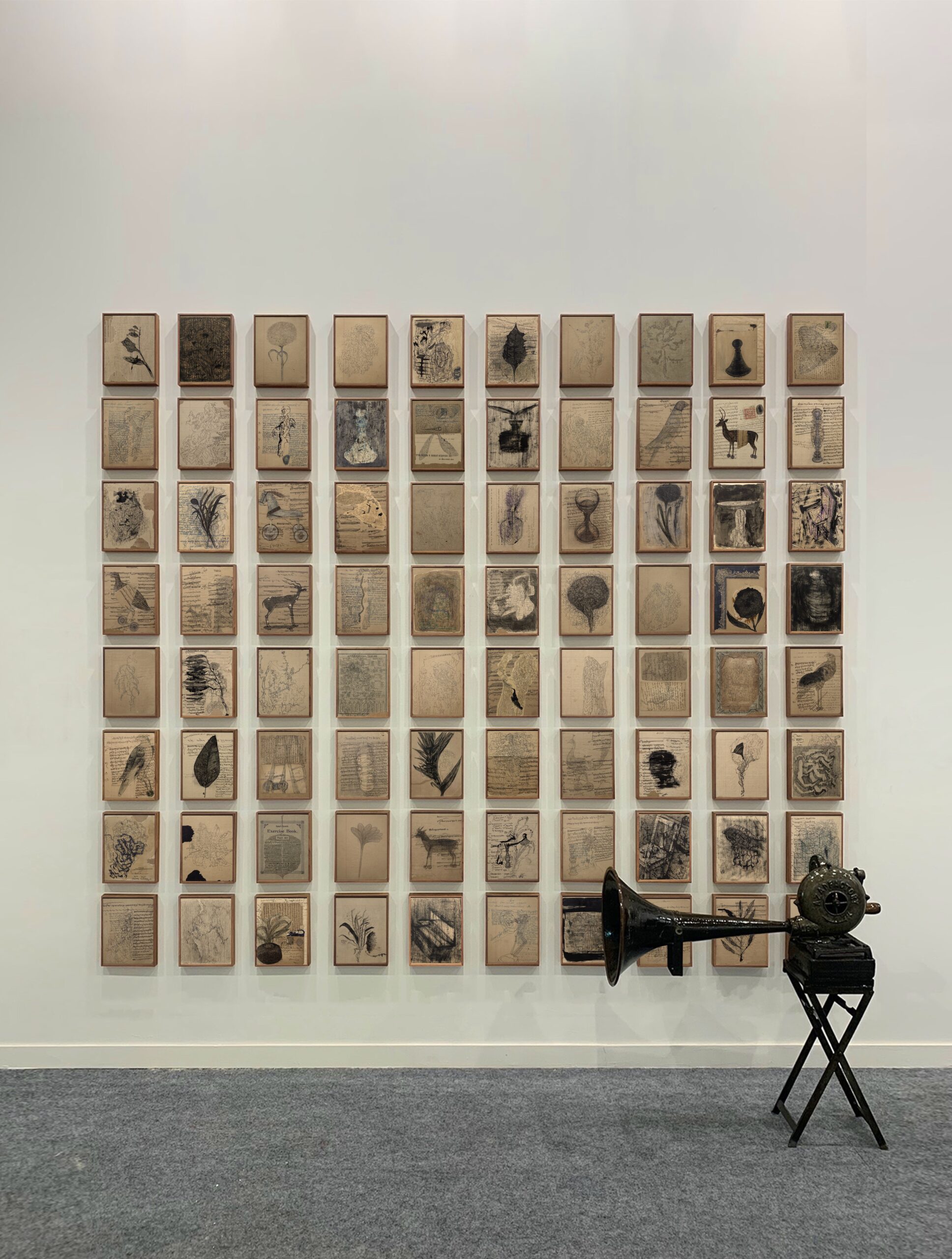The Impossible Statue, as its name suggests, is a creation that would have been virtually impossible to actualise if it wasn’t for the heights that artificial intelligence (AI) has reached. In the heart of Stockholm’s Science and Technology Museum, a captivating and remarkable exhibit has found its home. From a distance, it presents itself as a human-like figure, delicately clutching an orb. But, the true details of this enigmatic and “impossible” creation are only evident upon further inspection — it is the breathtaking result of a harmonious collaboration between generative artificial intelligence and the meticulous artistry of precision manufacturing.
The visionary minds at consultancy firm The A.I. Framework joined forces with engineering specialist Sandvik, who are renowned for their revolutionary expertise in the art of metal-cutting, to bring forth this masterpiece and showcase the unrivalled prowess in computer-programmed manufacturing.
Although rooted in the realm of art, the manufacturing techniques employed to bring The Impossible Statue to life were not radically different from other endeavours, as revealed by Nadine Crauwels, the president of Sandvik Machining Solutions. She has emphasised their relentless pursuit of manufacturing excellence, leveraging their full range of capabilities to elevate efficiency, minimise waste, and uphold uncompromising quality.
The awe-inspiring process began with AI models meticulously trained on the works of five esteem sculptors, skillfully merging together the essence of Michelangelo’s contrapposto, Rodin’s sculpted musculature, Käthe Kollwitz’s lifelike naturalism, the fluid movements of Takamura Kotaro (an ardent follower of Rodin), and the audacious spirit that permeates Augusta Savage’s creations. Through a fusion of popular AI (artificial intelligence) art platforms such as Stable Diffusion, DALL-E, and Midjourney techniques, the Sandvik team deftly selected and synthesised the most exquisite attributes from these celebrated sculptors, spanning centuries of artistic brilliance, until they achieved a result that resonated deeply within their discerning minds.
Making of The Impossible Statue
The final manifestation of their artistic alchemy emerges as an androgynous figure, skillfully fashioned from shifting shades of steel, its hands firmly clasping a globe that defies the very laws of gravity. Further down, the lower half becomes ensnared in a sinuous sheet of metal, hinting at an interplay between strength and vulnerability.
Does one catch glimpses of the invisible hands of the esteemed sculptors in this mesmerising creation? To a certain extent, indeed. The musculature stands boldly, a testament to the sculptural traditions of old, while the fabric draped across the figure’s form offers a contemporary reinterpretation of a Renaissance fixation. However, the darker social commentaries embodied in the works of Kollwitz and Savage seem to find little presence within this statue, which is brimming with promise and potential.
While the fusion of generative AI and precision manufacturing has undoubtedly opened new avenues for collaboration and artistic expression, it has also sparked a debate about the essence of original art and the boundaries of creativity. On one hand, these cutting-edge techniques allow for the seamless integration of diverse artistic influences, as showcased in the melding of Michelangelo’s contrapposto, Rodin’s sculpted musculature, Käthe Kollwitz’s lifelike naturalism, the fluid movements of Takamura Kotaro, and the audacious spirit of Augusta Savage.
This remarkable amalgamation of artistic legacies would have been impossible without the aid of AI (artificial intelligence), and perhaps that is how it was meant to be—a testament to the evolution of art and the spirit of collaboration across time and space. However, there is the argument that relying on AI to generate art diminishes the essence of the original creative process. While the resulting statue may possess technical excellence and aesthetic appeal, critics contend that it lacks the raw emotion, personal touch, and profound social commentary that characterise the works of the individual sculptors. They lament that these collaborations, although impressive, fail to capture the true essence and depth of the original artists and their creations.
The Impossible Statue
The advent of AI-generated art raises concerns about the erosion of artistic authenticity and the erosion of the unique artistic journeys that define great masters. By cherry-picking attributes from renowned sculptors and blending them into a singular creation, the distinct artistic voices and narratives that emerged from specific historical (and artistic) eras risk being diluted or even lost altogether.
The fusion of AI and manufacturing, which is impressive in its technical achievements, may inadvertently homogenise and dilute the diversity and rich tapestry of art. The world of AI art might seem like it will readily replace the traditional industry of art due to its authentic looking output, but it comes with its own problems. The creation of fraudulent art, art that could damage someone’s integrity, discriminatory art, has seen a steady rise. While the use of AI can be seen as a “quick fix” by some, it is turning into something similar to the use of generative text where one can be seen losing their authentic “voice” and individual style of creation.
Perhaps the beauty of art lies in its inherent connection to the era and the artist who birthed it—a reflection of the prevailing social, cultural, and political influences of a specific time. Each brushstroke, chisel mark, or creative decision encapsulates the artist’s unique perspective, emotions, and the spirit of their era. Preserving the authenticity of original art forms allows us to appreciate the intricate layers of historical context and the evolution of artistic expression throughout the centuries. As the world navigates the intersection of AI and art, it becomes crucial to strike a delicate balance.
While technological advancements offer new possibilities for collaboration and creativity, it is equally crucial to honour and safeguard the authenticity and integrity of original artistic visions. By preserving the legacy of art as it was created, we can continue to celebrate the vibrant tapestry of human creativity while embracing the transformative potential of AI as a complementary tool rather than a replacement for the artistic journey.
Words by Esha Aphale.
Images courtesy of National Museum of Science and Technology, Stockholm and Sandvik.
